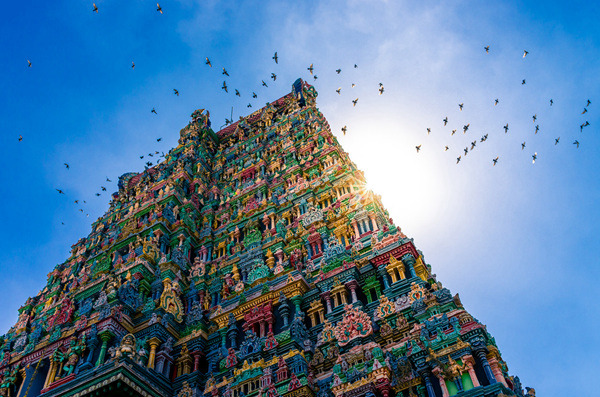The Indian government is actively using artificial intelligence technology to upgrade its digital infrastructure, aiming to benefit more unserved communities. This is not only reflected in the improvement of e-government efficiency, but also reflects the rapid growth of India's investment in the AI field and its emphasis on local AI technology. Through an AI-powered e-government system, the Indian government is committed to achieving the goals of the "Digital India" program, allowing every citizen to easily access government services, and eliminating language barriers through multilingual support and promoting wider social participation.
In India, artificial intelligence is rapidly changing government digital infrastructure, allowing more unserved communities to benefit. Recently, at the Nvidia Summit in Mumbai, Sharmishtha Dasgupta, deputy director of the National Information Centre, shared the latest update on how AI can improve e-government. She mentioned that now the AI system can process 500,000 to 700,000 queries per month and operate around the clock to ensure that thousands of citizens can get help in a timely manner.

These queries involve many content, such as registration, qualification review, update information, and troubleshooting. Dasgupta stressed that such an efficient and scalable system fits well with the goals of the Digital India program, allowing every citizen to easily access government services.
Not only that, AI also eliminates language barriers through bilingual support systems, making interaction with government projects easier. For example, the Indian Railway Catering and Tourism Company (IRCTC) is using a conversational AI chatbot called AskDISHA2.0 to help users easily book tickets through voice, chat and click operations.
Manohar Paluri, vice president of AI at Meta, also mentioned at the summit that India has shown great enthusiasm for the acceptance and application of AI technology. He cited an example of Pratham, an educational nonprofit, how AI can help children learn in a more economical way. With such technology, farmers can also obtain agricultural and financial support information in their native language, which was difficult for them in the past.
According to the Indian government, India's spending in the AI sector increased by 109.6% in 2018 and is expected to reach about US$11.7 billion by 2025. AI models in India are also emerging. For example, OpenHathi, launched by Sarvam AI, is India's first language model focusing on Hindi, showing similar performance to GPT-3.5.
At the same time, Tanusree Barma of UIDAI mentioned at the summit that they are also promoting the localization of AI to ensure data security and autonomy. By continuously developing local AI solutions, India is gradually reducing its reliance on foreign technologies.
In addition, India is actively advancing the BharatGPT program, aiming to build a basic AI model of multilingual and multimodality. This government-supported program has attracted participation from all walks of life and laid a solid foundation for the future digitalization process.
Key points:
The AI system processes 500,000 to 700,000 queries per month and serves citizens 24/7.
Bilingual supports eliminating language barriers and government programs become more accessible.
India's AI spending is growing rapidly, and is expected to reach US$11.7 billion by 2025.
In short, India's vigorous development in the field of artificial intelligence has not only improved the efficiency of government services, but also injected new vitality into its economic and social development, demonstrating its positive attitude and huge potential in the global AI competition. In the future, with the advancement of local AI projects such as BharatGPT, India's digital economy will usher in broader development prospects.